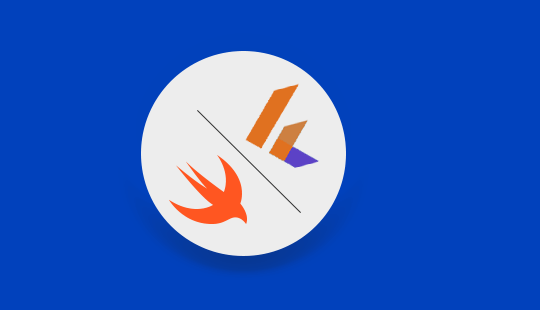

įirst, we have to separate the platform with more users. Everything seems fine and we are ready to upgrade our native app to a flutter app on both platforms.īefore we upgrade to the flutter app, here are a few tips that we have implemented in one of our app with more than 2 million users- Speak English Online. We have completed all our Alpha & Beta Testing. We have developed a flutter application with all features of the native app. Suppose, our Android & iOS application is in the play store & app store respectively. So until we go to the real users, we can’t consider our application to be stable while migrating native mobile app to Flutter. we all know the real QAs are the real users who use the application on different devices with different use cases. There are many approaches to mitigate those issues.

But not knowing which decision to take can sometimes be the most painful…” The introduction of a new platform and presenting the brand new app to millions of users is very volatile and introduces many bugs to millions of users.

Achieving a million users takes time & during this time, your native app has gone through real user testing and many bug fixes cycles. In such a case, it is always a tough decision to migrate those native mobile apps to a Flutter app. Suppose you have a product with two different native mobile apps Android/iOS and a user base of more than a million users. Focusing on migrating the existing native mobile app-Android/iOS to Flutter, we may face different kinds of challenges. Implementation of Flutter for small, medium & large projects has been explained in many posts. It has been adopted by many big companies like Tencent, Google Assistant, Square & many more for their app development. With the introduction of flutter in 2017, its popularity has widely spread among the developer community till now.


 0 kommentar(er)
0 kommentar(er)
